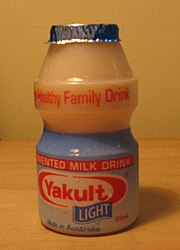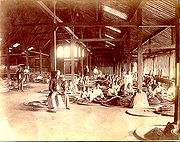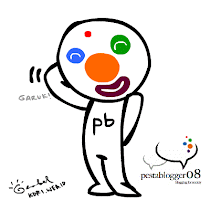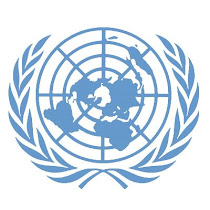WASHINGTON – Democrats are growing impatient with President-elect Barack Obama's refusal to inject himself in the major economic crises confronting the country. Obama has sidestepped some policy questions by saying there is only one president at a time. But the dodge is wearing thin. "He's going to have to be more assertive than he's been," House Financial Services Committee Chairman Barney Frank, D-Mass., told consumer advocates Thursday.
Frank, who has been dealing with both the bailout of the financial industry and a proposed rescue of Detroit automakers, said Obama needs to play a more significant role on economic issues.
"At a time of great crisis with mortgage foreclosures and autos, he says we only have one president at a time," Frank said. "I'm afraid that overstates the number of presidents we have. He's got to remedy that situation."
Obama has maintained one of the most public images of any president-elect. He has held half a dozen press conferences, where he has entertained question after question about the economy, the mortgage crisis, and the flailing auto industry. He called for passage of extended unemployment benefits — which has passed — and even a stimulus package if possible before Jan. 20. But he has stayed away from trying to dictate remedies for the toughest problems Congress is confronting: the auto industry's troubles and how to spend the $700 billion bailout.
Frank's remarks came as the Bush administration considers whether it needs the second half of the $700 billion of the Troubled Asset Relief Program aimed at helping the financial sector before Obama takes office on Jan. 20.
An Obama official said the Bush administration reached out to the transition team about tapping into the money. The official, speaking on the condition of anonymity because of the sensitivity of the talks, said Obama's transition team urged the administration to talk to bipartisan congressional leaders and assemble a meeting between the White House and Congress. The official said the Obama team offered to participate in a bipartisan meeting if it would be helpful.
Earlier this week, Obama was asked whether he worried that Treasury Secretary Henry Paulson might begin spending the next installment of the money before he assumes the presidency. Obama demurred.
"Until Secretary Paulson indicates publicly that he's drawing down the second tranche, the second half of the TARP money, it would be speculation on my part to suggest that that money's going to be used up," he told reporters at a Chicago news conference Wednesday.
Obama did stress that a significant component of the fund should be used to reduce the number of foreclosures. But he did not specify a particular remedy.
He also declined to take a stand in a debate over the source of money for an auto loan package. The dispute has divided Democrats and hindered progress on assistance for the industry. At issue is whether to take money from the $700 billion designated for the financial sector or to take it from a previously approved loan aimed at manufacturing more energy efficient cars.
"I think it's premature to get into that issue," Obama said at the conference.
Presidents-elect typically spend the transition period assembling their cabinets, their White House staff and preparing to take the reins of power. But this transition is occurring at an extraordinary time, with bad economic news mounting by the day and with one of the country's major industries begging for a hand to keep from collapsing.
Two Democratic senators involved in trying to salvage the auto companies have said Obama could help move the process along and should become more engaged.
"The Obama team has to step up," Sen. Christopher Dodd, chairman of the Senate Banking Committee and one of the lead negotiators, said Nov. 21 in Hartford, Conn. "In the minds of the people, this is the Obama administration. I don't think we can wait until January 20."
Two days later, Sen. Carl Levin of Michigan, a point man in helping his state's main industry, called on Obama to help resolve the dispute over money for the auto loan package.
"It would be very helpful if the president-elect would become more involved in resolving the issue over the source of the funds," he said. "I want him to offer his assistance. He is a person who can really bring people together."
Frank, shrewd and quick-witted, also poked fun at Obama's calls for a "post-partisan" governing environment in Washington. Frank predicted that regulatory legislation aimed at preventing abuses related to subprime mortgages and credit cards stood a much better chance next year, when Democrats have greater majorities in the House and Senate.
"It is a grave mistake to assume that parties are irrelevant to this process," he said. "My one difference with the president-elect, about whom I am very enthusiastic, is when he talks about being post-partisan.
"Having lived with this very right wing Republican group that runs the House most of the time, the notion of trying to deal with them as if we could be post-partisan gives me post-partisan depression," Frank said.










































